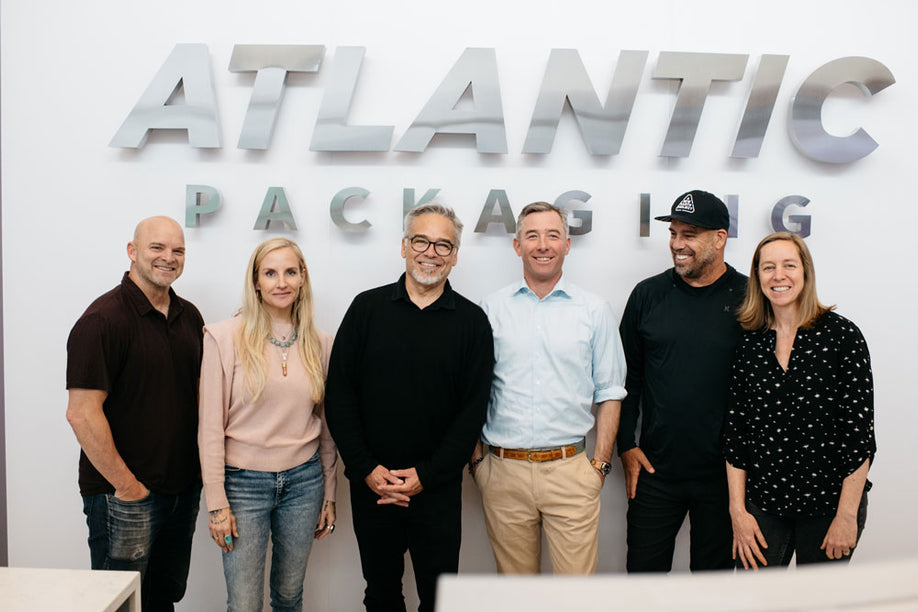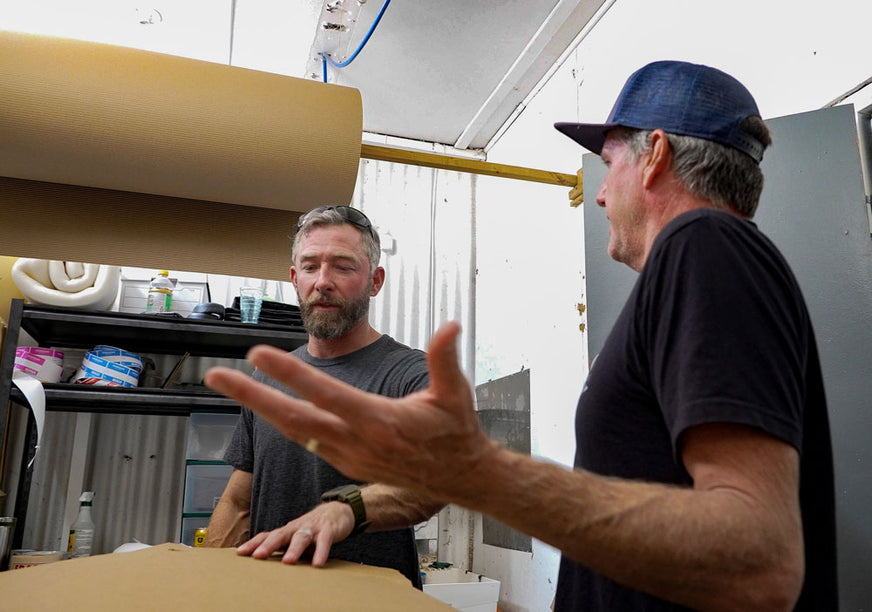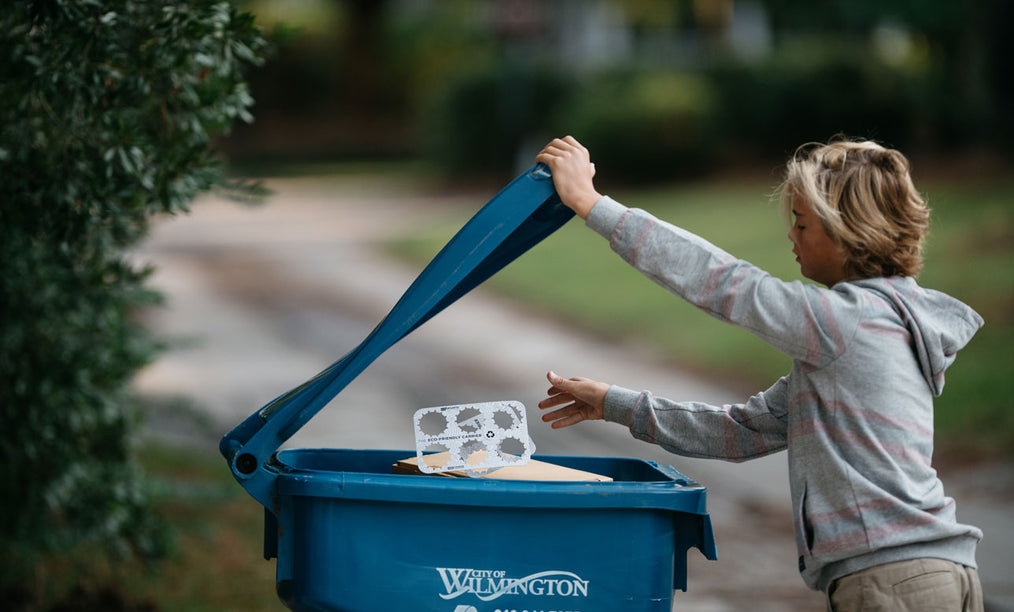On June 30, California Governor Gavin Newsom signed a sweeping bill into law that takes aim at plastic pollution and packaging in the Golden State. Senate Bill 54, a.k.a. the Plastic Pollution Prevention and Packaging Producer Responsibility Act, is arguably the most aggressive legislation in the country aimed at curtailing the plastic pollution problem.
The final version of the 57-page bill was years in the making, and received widespread bipartisan support, which signals just how popular the idea of eliminating plastic pollution is.
Politicians, packaging producers, and business owners may disagree on the margins and the details of how things get done, but they simply have nowhere to hide when it comes to defending the use of single use plastic products that end up in the environment for hundreds of years.

While California enjoys a robust waste collection system, and leakage is low, the fact is products made and shipped to and from California end up in other parts of the world where such collection simply doesn't exist.
To that end, the impact of the bill will reach far beyond California's borders, which is why its passage and implementation will be closely followed around the world. Simply put, the rules for taking part in the California economy (the fifth largest in the world) will impact companies and communities far beyond the Golden State's borders, and that's the intent.
Beyond reducing the amount of plastic waste and packaging with aggressive reduction targets that stretch out to 2032, the bill also aims to fix California's broken recycling system that has seen a significant decline in recent years.
The biggest feature of this bill is the launch of a sweeping new EPR (Extended Producer Responsibility) program, which puts producers of products that use plastics on the economic hook for ensuring robust recapturing of the material so they can be reused more effectively and reduce leakage into the environment.
By January 1, 2024, producers of the materials covered in the bill will have to join a PRO (Producer Responsibility Organization) formed for the purpose of implementing the objectives of the bill. These participants fund the PRO through what most producers are hoping will be nominal taxes on their products. The revenue generated by the PRO is then used to put their reduction and recapture plans into effect.
While environmental critics say the bill allows producers to regulate themselves, the counter argument from producers is that the PRO does have government oversight, by way of CalRecycle, the state's agency in charge of recycling. Mind you, that's the same state agency that's managed a massive decline in recycling centers in recent years.
This isn't California's first EPR program, but to date, most have been narrowly targeted at specific products or industries (eg. paint, carpet, mattresses, and pesticide containers). and there are several different iterations of EPR arrangements around the globe, especially in Europe.
Had the new bill not passed, Californians would have been voting on a new ballot measure in November that essentially did much of the same, but put more power into the hands of CalRecycle. The ballot measure has officially been pulled as a condition of the compromises reached by both sides.
5 key elements of AB 54
1.) By Jan 1 2024, producers of the covered material will have to join a PRO (Producer Responsibility Organization).
2.) By Jan 1 2027, the PRO will have to remit a $500,000,000 surcharge each year, as provided to the California Department of Tax and Fee Administration to be deposited into the California Plastic Pollution Mitigation Fund, which the bill will create.
3.) Producers of the covered material sold, offered for sale, imported, or distributed in the state shall ensure that all covered material achieves the recycling rate targets:
4.) If applications for more than one PRO are submitted to the department by Jan 1 2024, the department will determine which proposed PRO can most effectively implement the objectives.
5.) The approved PRO must demonstrate how they will support and achieve, and how the budget will fund, the collection, processing, recycling, or composting of, and the development of viable responsible end markets for, covered materials to meet the bill's requirements.
There's no question this bill is a huge milestone in the war on plastic pollution, but its success will ultimately be determined by the success of its implementation. Details surrounding that will emerge over the next year as industry insiders sift through the fine print of this legislation, and determine how best to achieve its goals, stay compliant, and stay in business.
We'll certainly be following the progress along the way, so stay tuned for updates, analysis, and commentary.












